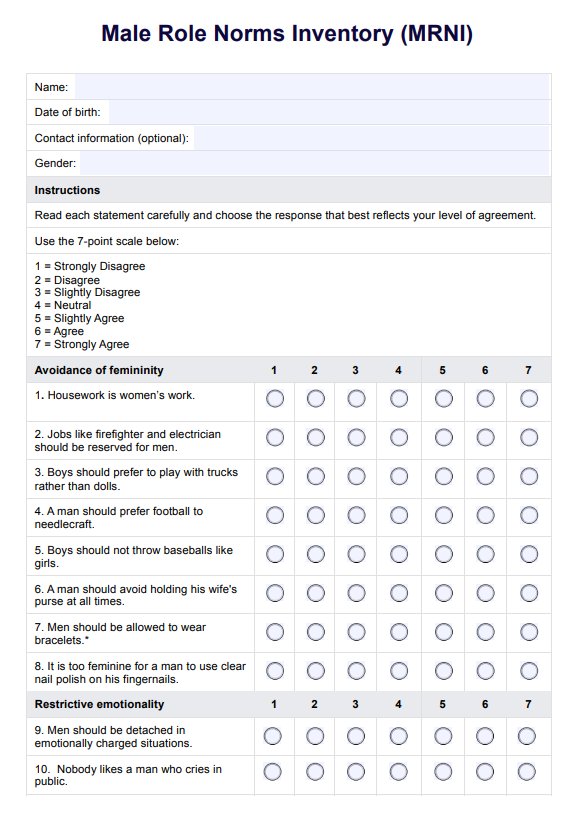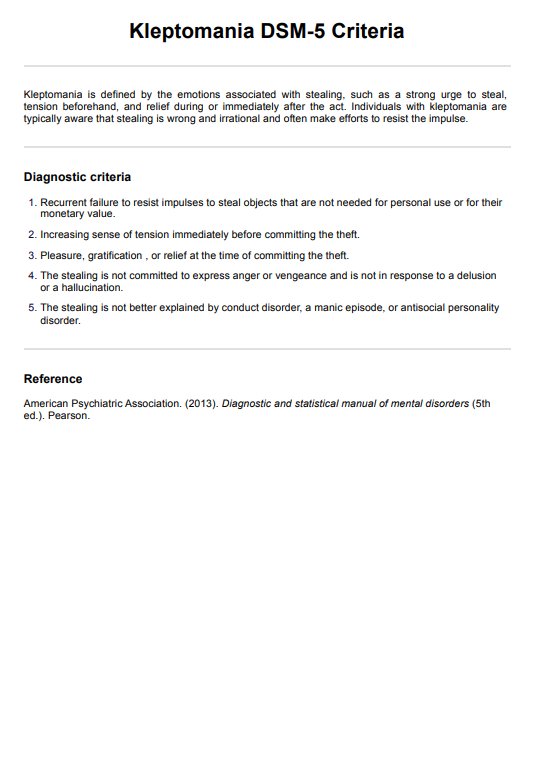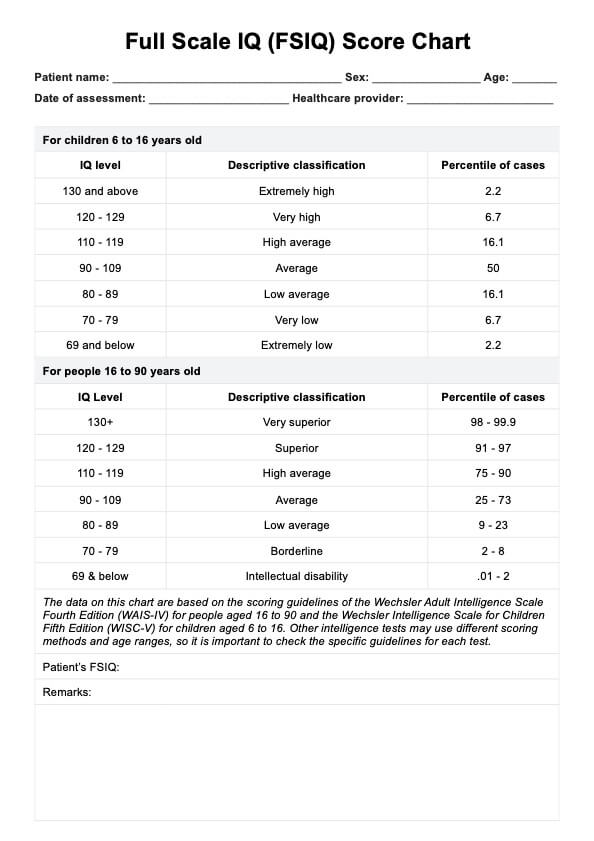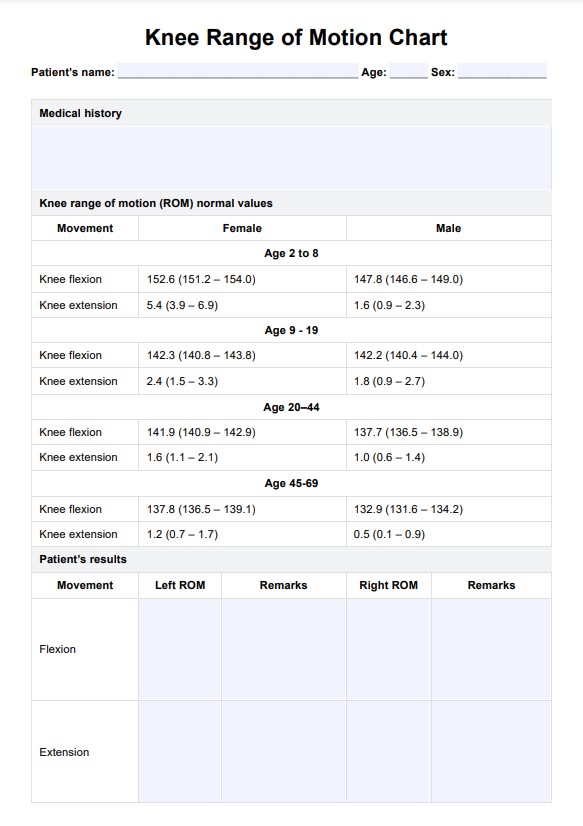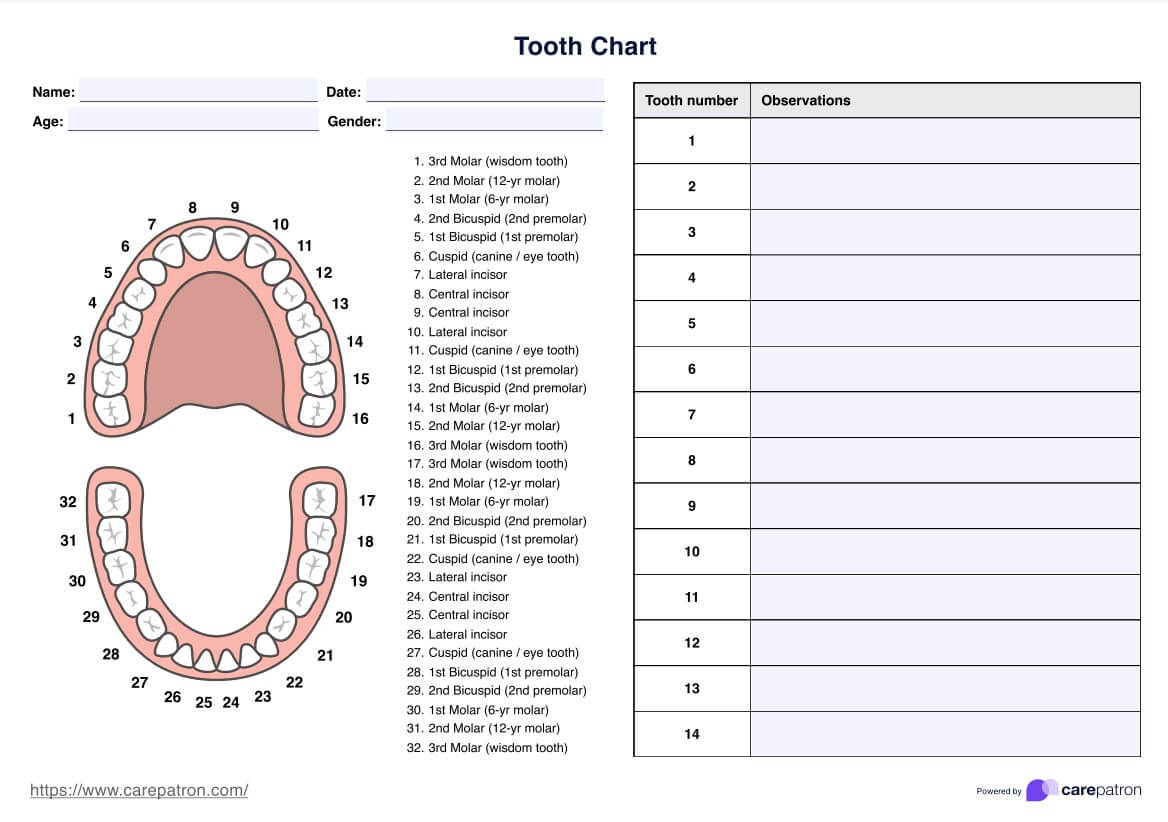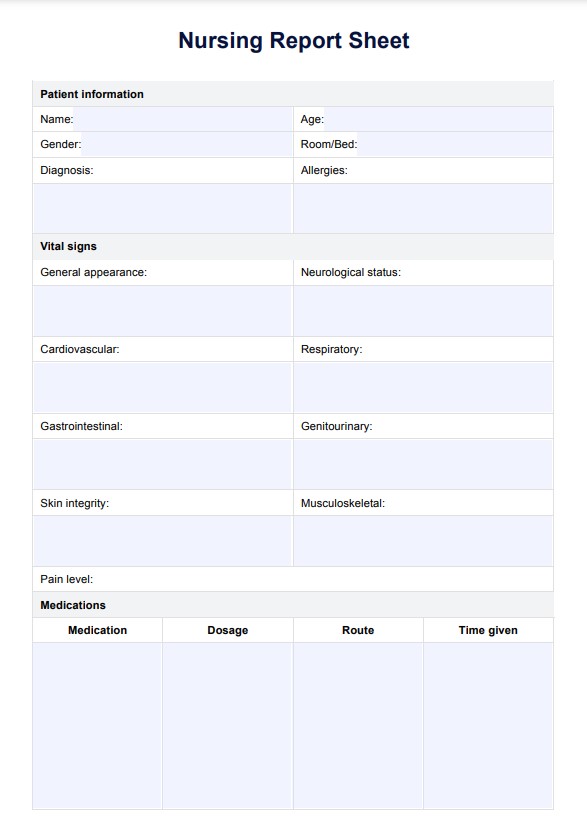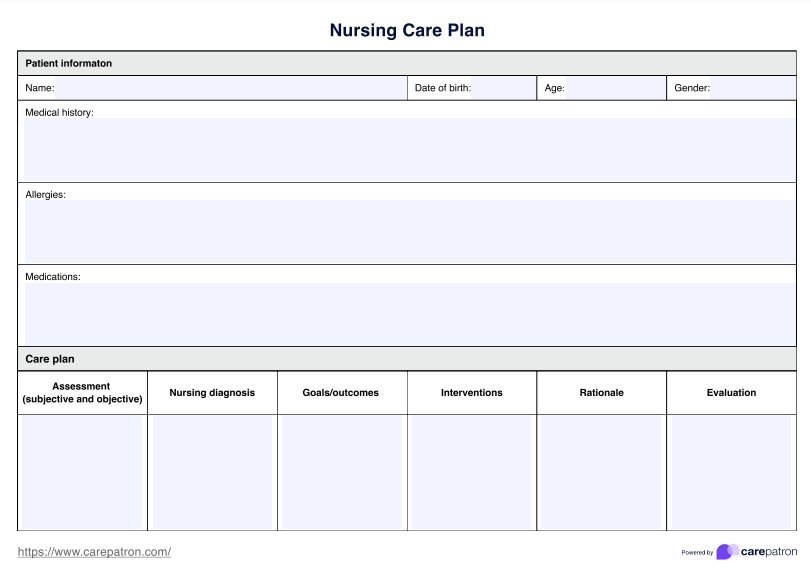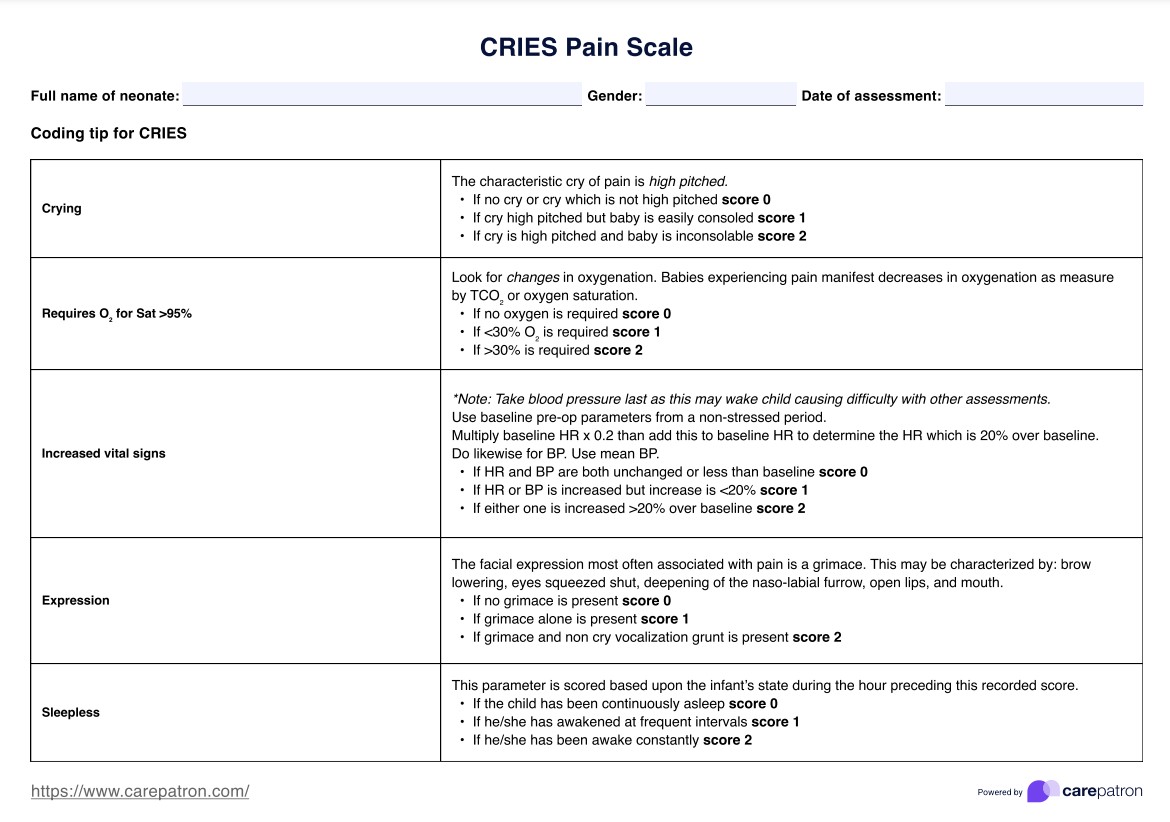Relationship Scales Questionnaire
Learn about the Relationship Scales Questionnaire, a useful psychometric tool for continuous measurement of adult attachment.


What is the Relationship Scales Questionnaire (RSQ)?
The Relationship Scales Questionnaire (RSQ) is a psychometric self report tool for assessing an adult individual's patterned approach to intimate or close relationships. Grounded in attachment theory, the RSQ is used to determine how closely an individual's behavior maps on to each attachment category.
The RSQ is comprised of 30 items, each of which is answered on a 5-point Likert scale. It draws from three other psychometric scales; Hazan and Shaver's (1987) attachment measure, Bartholomew and Horowitz's (1991) Relationship Questionnaire, and Collins and Read's (1990) Adult Attachment Scale (as cited in Griffen & Bartholomew, 1994).
Designed as a continuous measure of adult attachment, the RSQ is widely used in attachment research. Participants are asked to rate the extent to which each statement reflects their characteristic style in emotionally close relationships. This produces an overall measure of where the participant sits on a continuum of attachment behaviors.
Relationship Scales Questionnaire Template
Relationship Scales Questionnaire Example
Adult attachment styles
Within attachment literature, there is a spectrum of behaviors and cognitions within close emotional relationships (especially with romantic partners). These traits cluster around four key adult attachment styles. Most people display traits across the continuum of attachment styles but typically will adopt one primary style which underpins how they perceive and behave within close relationships.
Autonomous attachment patterns
Also known as secure attachment, the autonomous attachment style is characterized by low levels of avoidance or anxiety towards the other person. These people are comfortable with intimacy and not overly preoccupied with the relationship or the potential of rejection.
Individuals in these relationships are not overly independent or dependent on their partners and tend to maintain healthy boundaries. In theory, secure attachment patterns are established in infancy when children are confident their parental figure will provide consistent comfort and security.
Preoccupied attachment patterns
Also known as anxious attachment, this style is characterized by low avoidance and high anxiety. It often involves hyper fixation on the other person, and especially ongoing anxiety around the potential for the person to reject or leave them. Typically, these people want very close relationships, feel insecure or require constant reassurance, and crave intimacy.
Infants with anxious attachment patterns will often maintain this style into adulthood. In theory, infants will form anxious attachments is the attachment figure is inconsistently available or present when they need them. Often this results in low self-esteem or a negative self-construct.
Dismissive attachment patterns
Dismissing attachment patterns (also known as avoidant) are characterized by high avoidance and low anxiety. High independence, low trust and uncomfortableness with intimacy are common traits. These people tend to have a positive self model, but view others negatively. This typically leads them to avoid seeking social support or closeness, or depending on others.
Dismissing attachment patterns often begin as avoidant attachment to parents in early childhood. Infants form avoidant attachments when they feel the caregiver consistently fails to meet their needs or be available, leading to over reliance on the self and low trust.
Fearful-avoidant or disorganized patterns
Fearful-avoidant attachments are characterized by high avoidance and anxiety, where an individual may crave closeness and intimacy whilst being uncomfortable with it and having difficulty trusting others in close relationships. Often, these people will fluctuate between avoidant and anxious behavior depending on their mood and circumstances, meaning they in turn provide inconsistent affection or energy to the other person in the relationship.
Often considered the most maladaptive, disorganized attachment patterns are rare. They often are the result of abusive or neglectful parenting which prevents the child from learning to regulate their emotions.
Relationship Scales Questionnaire Scoring
It is important to note that the RSQ is a continuous measure of attachment styles, not a categorical one. It is not designed to classify participants as having one particular style, but rather to determine the extent to which their personal attachments reflect each style. In some cases, it may be valid to take the highest of the four attachment prototype ratings to indicate which category best fits that participant.
Each item on the RSQ is rated from 1-5, with 1 being 'not at all like me' and 5 being 'very like me.' The RSQ is sometimes scored using a four-factor structure in which each attachment style makes up own sub scales with a predetermined set of questions. However, current evidence suggests a two dimensional scoring approach is best (Pehrabad et al., 2016; Siegert et al., 1995). One score represents where the participant sits on a continuum from closeness to independence or avoidance, while the other score reflects where they sit on a continuum from security to anxiety.
To score, simply calculate the mean score for each dimension by summing the questions that make up that sub scale and dividing by the number of questions that were summed. Results in the two-factor structure are interpreted as follows:
- Secure/autonomous - low anxiety, low avoidance
- Preoccupied/anxious - high anxiety, low avoidance
- Dismissive/avoidant - low anxiety, high avoidance
- Fearful-avoidant - high anxiety, high avoidance
Next Steps
Here are some potential next steps after utilizing this instrument:
Further assessment
If you are interested in an individuals results, you may wish to conduct further measures of attachment such as the Adult Attachment Interview to confirm or flesh out your findings.
Analysis
If the Relationship Scales Questionnaire has been used for research purposes, the next step is to analyse your findings with research to the research objective. Ensure you specify which scoring structure you use.
References
Griffin, D. W., & Bartholomew, K. (1994). Relationship Scales Questionnaire. PsycTESTS Dataset. https://doi.org/10.1037/t10182-000
Pehrabad, S., Mashhadi, A., Tabibi, Z., & Modares Gharavi, M. (2016). Psychometric properties of Relationship Scales Questionnaire in Iranian female students. Practice in Clinical Psychology, 4(1). https://jpcp.uswr.ac.ir/article-1-239-.pdf
Siegert, R. J., Ward, T., & Hudson, S. (1995). The structure of romance: A factor-analytic examination of the Relationship Scales Questionnaire. New Zealand Journal of Psychology, 24(1). https://www.psychology.org.nz/journal-archive/NZJP-Vol241-1995-2-Siegert.pdf
Domande frequenti
The RSQ is a 30-item self report psychometric tool. It provides a continuous measure of adult attachment styles and is typically used in attachment research.
The four attachment styles are autonomous/secure, preoccupied/anxious, dismissive/avoidant, and fearful-avoidant/disorganized. The four styles differ in levels of anxiety and avoidance.
The RSQ has a two dimensional scoring system, where one dimension is the level of anxiety and the other is the level of avoidance. Items on the anxiety and avoidance sub scales are averaged separately to give a measure for each.







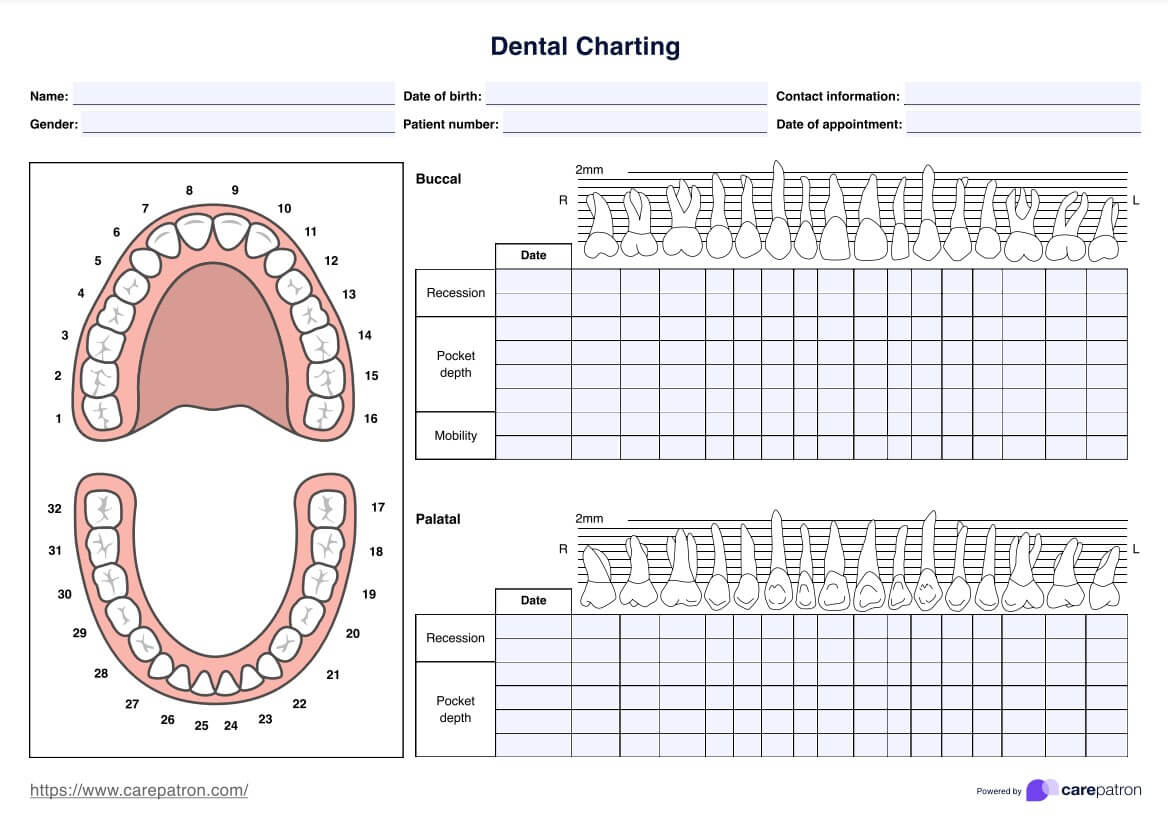









-template.jpg)

